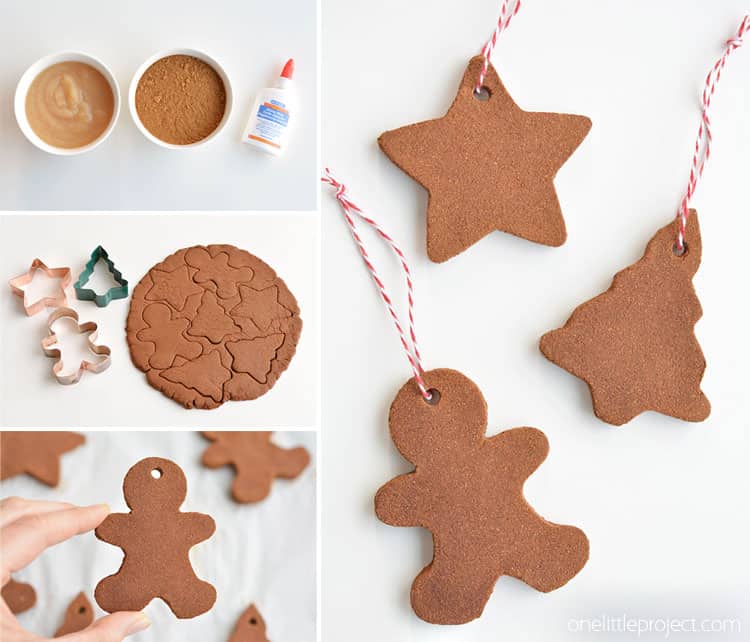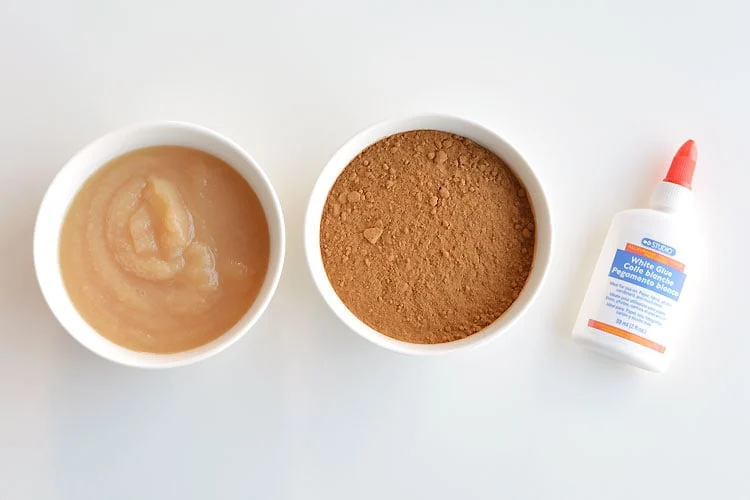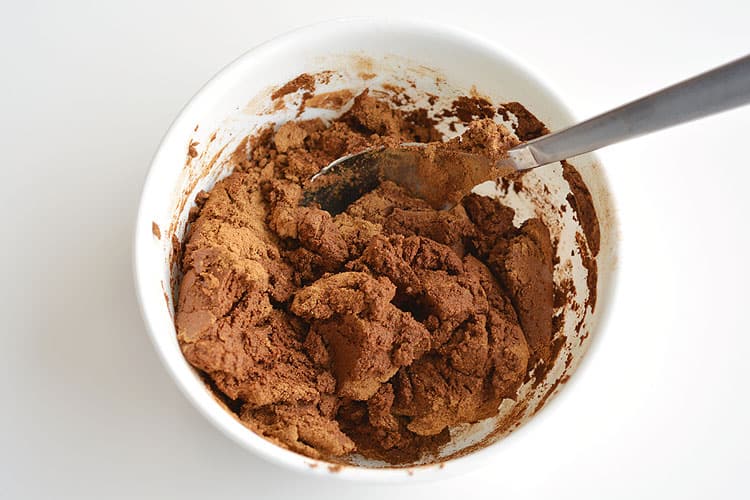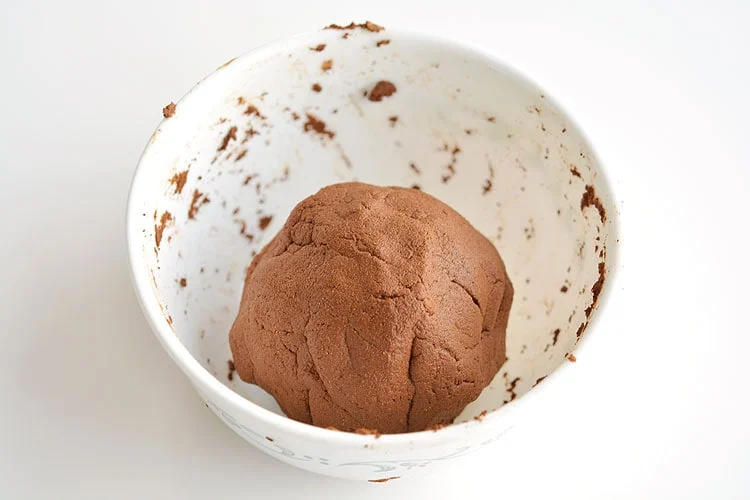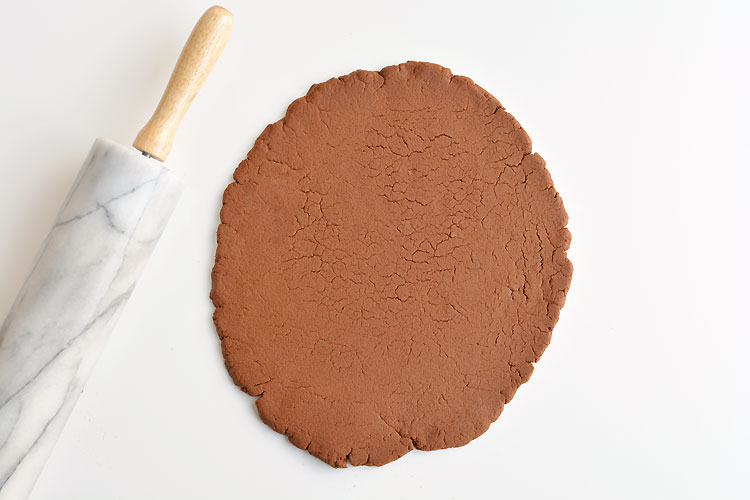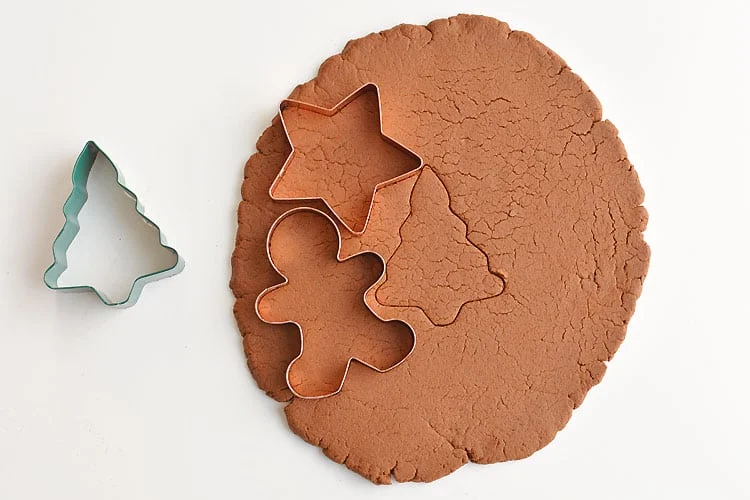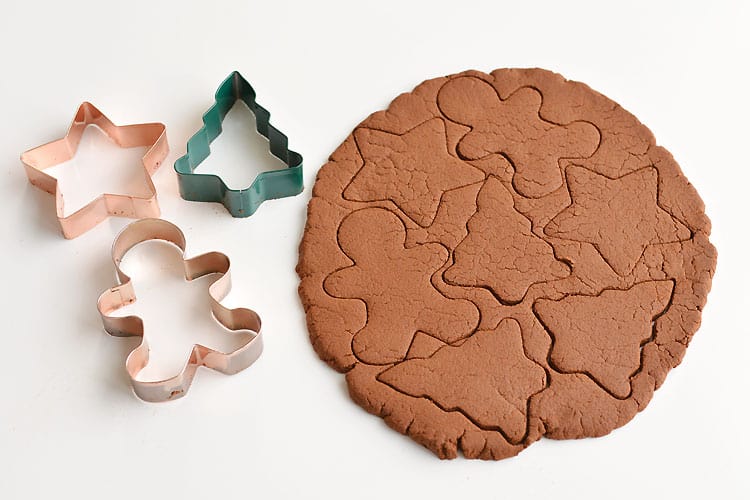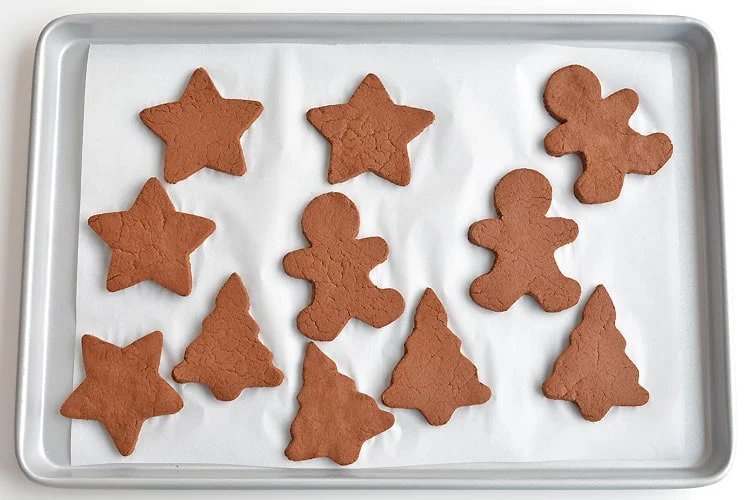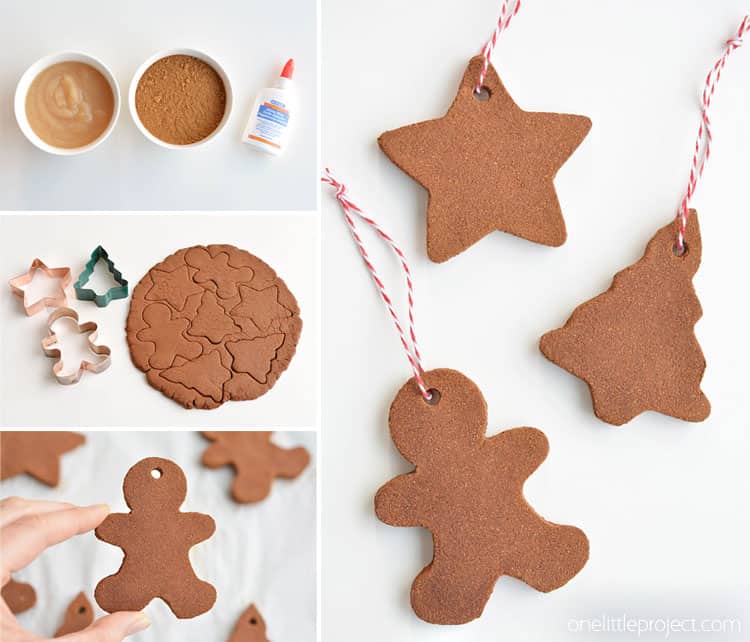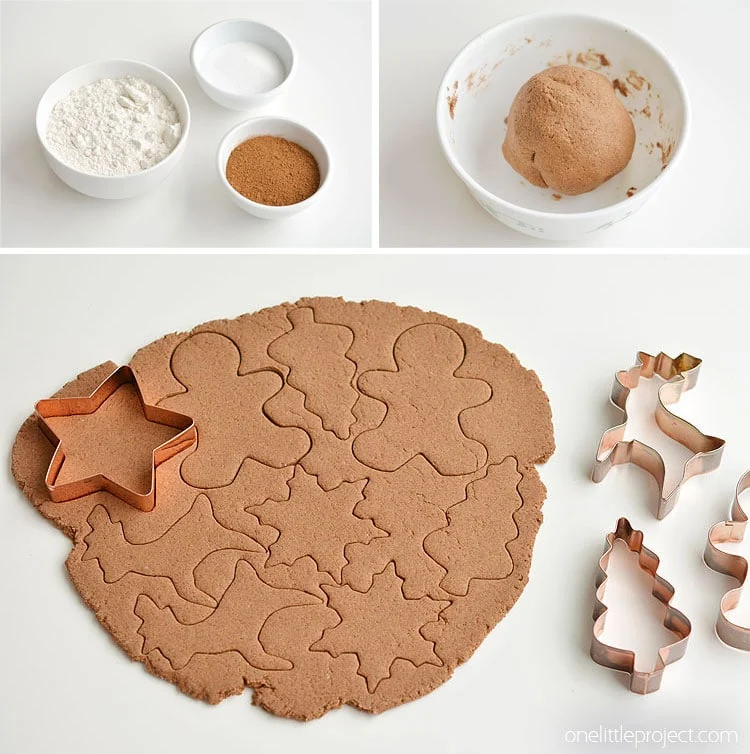The “Soft Summer” is one of the twelve color seasons within the seasonal color analysis system, a tool used to determine which colors best harmonize with an individual’s natural coloring. It’s a palette of subtle, muted, and cool tones, designed to enhance the delicate beauty of those who fall within this category. Unlike the vibrant hues of spring or the deep richness of winter, Soft Summer embraces a gentle, blended look. If you’ve ever felt overwhelmed by bright colors and found yourself drawn to dusty, diffused shades, you might just be a Soft Summer. This guide will delve into every aspect of this captivating season, from its defining characteristics and ideal color palette to makeup, hair, and wardrobe recommendations, helping you understand and embrace your natural Soft Summer beauty.
CHARACTERISTICS
When determining if you are a Soft Summer, focus on your overall appearance rather than individual features. The key traits of this season are muted, cool-toned coloring with a soft, blended look.

HOW TO IDENTIFY A SOFT SUMMER
- Primary Aspect: Muted – your coloring appears soft and toned down rather than bright or vibrant.
- Secondary Aspect: Cool – cooler shades complement your complexion better than warm ones.
- Overall Look: Your skin, eyes, and hair blend harmoniously, creating a low to medium contrast appearance.
- Jewelry Preference: Silver flatters your skin more than gold.
SOFT SUMMER FEATURES
Eyes

Soft Summer eyes are always softly greyed, regardless of their color. They can be:
- Grey, grey-blue, grey-green, or grey-hazel
- Muted brown in deeper complexions
- Often feature a crackled glass pattern typical of Summer eyes
Skin

Soft Summer skin has cool undertones with a soft, muted appearance. It may be:
- Neutral, olive, or neutral-cool with ashy undertones
- Fair to tan, always toned down rather than vibrant
- Occasionally freckled
Hair

Soft Summer hair is muted and ashy, never bright or golden. It ranges from:
- Medium ash blonde to light/medium ash brown
- Often develops ash-blonde highlights in sunlight
CONTRAST LEVEL

Soft Summers have a low to medium contrast between their skin, eyes, and hair. The overall effect is blended and harmonious, without stark light or dark elements.
SOFT SUMMER VS. SOFT AUTUMN
Both Soft Summer and Soft Autumn are muted seasons, but the key difference lies in their undertones:
- Soft Summer leans cool, with grey and olive tones.
- Soft Autumn leans warm, with walnut and honey tones.
SIMPLE TEST
To determine whether you are a Soft Summer or Soft Autumn, hold a grey fabric near your face in natural light:
- If your eyes appear more greyish (even if they contain hints of green or brown), you are likely a Soft Summer.
- If your eyes remain green, hazel, or olive, you likely lean towards Soft Autumn.
This high concentration of grey pigments is what gives Soft Summers their signature cool and muted look.
The Colour Palette
Soft Summer is a season of soft, misty hues, reminiscent of cool summer rains and the gentle transition into autumn. Its colours are delicate and layered, blending both cool and warm tones into a harmonious, almost chameleon-like effect.
SOFT SUMMER COLOURS
True to its muted and cool nature, Soft Summer’s palette consists of desaturated, low-contrast shades that align with the season’s natural softness. The dominant colours are greys, pinks, purples, blues, and greens—each subtle and complex rather than bright or clear. Sitting on the border between Summer and Autumn, this palette is the deepest of the Summer family, with a slight brownish depth from Autumn’s influence.
COLOUR DIMENSIONS

- Hue: Slightly cool—while not as icy as True Summer, Soft Summer’s colours contain more blue than yellow undertones, resulting in cooler pinks, blues, and greys with minimal yellow shades.
- Value: Medium—neither overly light nor dark, the palette consists mostly of mid-range tones.
- Chroma: Low—the colours are highly desaturated and muted, with a distinctive greyed-out softness.
SISTER PALETTES

Soft Summer is positioned between True Summer and Soft Autumn on the seasonal spectrum. While all three share a muted quality, the differences lie in temperature and depth:
- Compared to True Summer, Soft Summer’s colours are warmer, slightly darker, and more subdued.
- Compared to Soft Autumn, Soft Summer’s colours are cooler and more grey-toned, while both remain medium in value and muted.
- Compared to Light Summer, the colours are deeper and more toned down, though both share a cool-neutral balance.
If you lean towards True Summer, you may borrow its softer shades, like Moonlite Mauve or Lichen Blue. If you have hints of Soft Autumn, you can incorporate its cooler hues, such as English Manor or Dusk Blue.
Styling for Soft Summer
NEUTRALS

Soft Summer’s muted and desaturated nature makes traditional black and white too harsh. Instead, opt for dark greyish browns as your dark neutrals and soft greys, muted sand tones, and gentle browns as light neutrals. These shades complement your natural softness without overpowering your features.
COLOURS TO AVOID

Since Soft Summer thrives on cool, muted tones, avoid bright and overly warm colours. Vibrant pinks, blues, and rich earthy hues, such as orange-based reds and warm browns, will clash with your soft colouring. Highly saturated shades can overwhelm your delicate balance.
COLOUR COMBINATIONS

Soft Summer is best suited to low-contrast, blended colour pairings that mirror its naturally soft appearance. The most flattering combinations include:
- Monochromatic looks – Pairing different shades of the same hue, such as light and dark green, creates a cohesive and seamless effect.
- Analogous hues – Colours close to each other on the spectrum, like lavender and soft blue, maintain a harmonious and balanced look.
- Soft neutrals with accents – Combining a muted beige with a similarly toned soft yellow ensures a gentle, natural flow.
Avoid high-contrast combinations, especially complementary colours like blue and orange, as they create too much visual tension.
PATTERNS & PRINTS

Soft, delicate patterns best suit this season’s understated elegance. Consider:
✔ Watercolour textures, delicate floral prints, and natural elements like feathers and birds.
✔ Small, loosely arranged designs that blend rather than stand out.
✖ Avoid large, bold patterns, geometric shapes, and high-contrast prints, as they will feel too harsh and structured.
METALS & ACCESSORIES

Soft Summer can wear both warm and cool metals, but silver is the most flattering. If choosing gold, opt for soft, muted versions like light rose gold or brushed gold rather than deep, rich yellows.
The best finishes are matte, brushed, satin, or lightly hammered to complement Soft Summer’s subtlety. Bright and shiny metals can appear too stark. Pearls are a great choice, especially those with layered, soft colouring rather than stark white.


